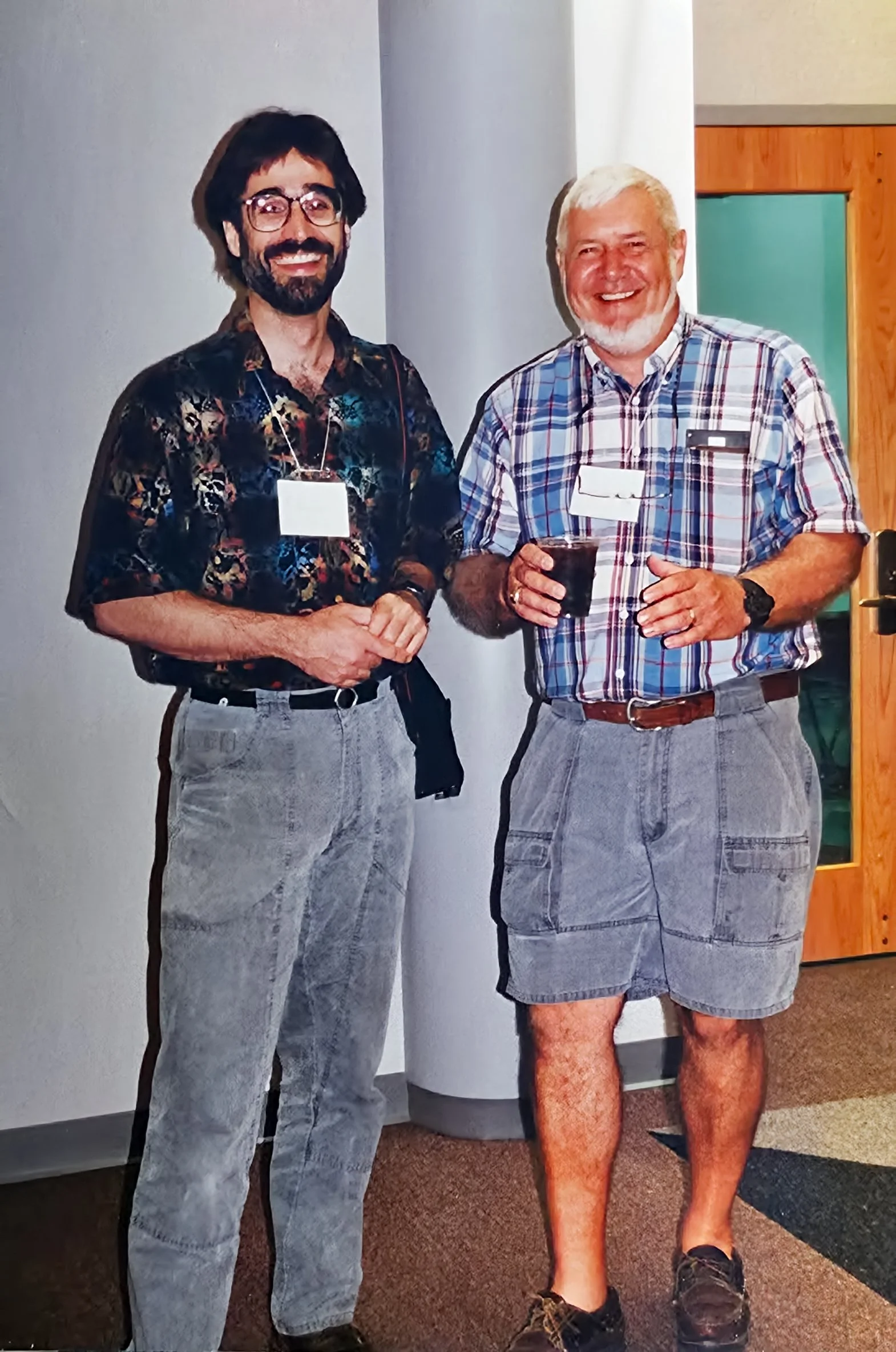on the Dome Plateau today. Please excuse the Bronco porn that follows but this is its first time off road since being assembled only 28 days ago in Michigan.
Expansive view towards the south from a high point along the trail.
So-called “Cave Spring” in the Entrada Sandstone escarpment, used historically by ranchers to provide water to stock.
Relict uranium miner’s cabin on Owl Draw Upland.
The new manual Ford Bronco Badlands/Sasquatch is an enormously capable machine that will open up more areas in the backcountry for exploration. What’s a retired geologist to do when not mountain biking or launching rockets?!





































